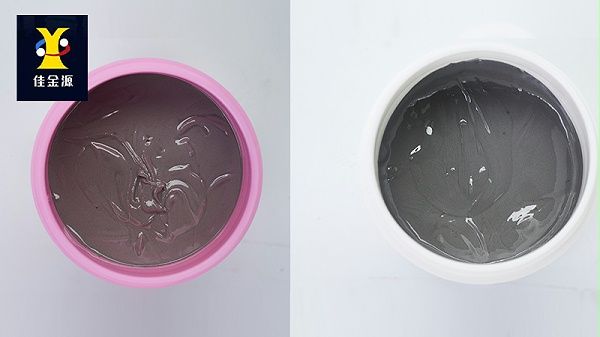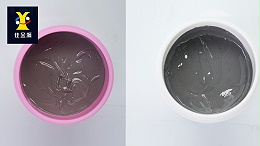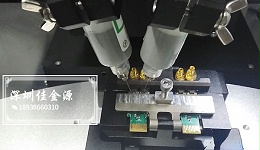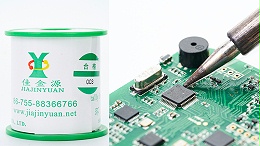
inSMTIn the field of surface mount technology (SMT) processing, one usually deals with these three types: solder paste, solder paste and flux paste. Although their names are similar, there are significant differences in their professional fields. Below, Shenzhen JJY Solder Paste Manufacturer will briefly introduce the relationship among these three to you:

First of all, let's talkSolder paste. From a certain perspective, solder paste, solder paste and solder paste are essentially the same. They are all different names for solder paste and are collectively referred to in English assolder paste. Its main component is a paste-like substance composed of metal alloy powder, which is used to achieve mechanical and electrical connections between electronic components and circuit boards.
However, flux paste is significantly different from solder paste. The main function of solder paste is to assist in welding. Its core components include rosin, active agents and solvents, etc. During the production process of solder paste, flux paste is added in a certain proportion to enhance its soldering performance.
So, what specific role does flux paste play in the welding process?
1As a carrier for tin powder particles: Solder paste provides appropriate rheological properties and wet strength for tin powder particles, ensuring that heat can be efficiently transferred to the soldering area, reducing the surface tension of the solder, and thereby preventing re-oxidation of the solder and the soldering surface during soldering.
2Cleaning and protection: Solder paste can also remove the oxide layer on the soldering surface and tin powder particles, and form a protective layer and a safe residue layer on the surface of the soldering point, ensuring the soldering quality.
3Flexible proportioning: Solder paste can be proportioned with various soldering powders (such as tin, silver, copper, bismuth, lead, etc.) and is suitable for soldering within different temperature ranges (such as100-260℃" The solder paste after this proportioning has the characteristics of good solderability, continuous printability and low residue.
In terms of appearance, there are also obvious differences between flux paste and solder paste. Flux paste is usually yellowish in color, while solder paste may be gray or black. This is because tin powder is added to solder paste.
To sum up, although solder paste, solder paste and flux paste are somewhat similar in name, they allSMTIt plays different roles in surface mount technology (SMT) processing. By understanding their characteristics and uses, we can master them betterSMTThe surface mount technology ensures the quality and performance of the products.
JJY owns16With years of experience in research and development and production, we have a strong technical force and stable product quality. Flagship products:QFNHigh solder climbing rate solder paste, zero halogen solder pasteVOIDLow-porosity solder paste, laser solder paste, water-washed solder paste, and high-reliability ones used in military, aerospace, power, photovoltaic and other industriesSn62Pb36Ag2Solder pasteSn62.8Pb36.8Ag0.4Solder paste6337Solder paste, transparent and colorlessLEDHigh-brightness anti-monument solder pastemini-LED/micro-LEDDie bonding solder paste, high-reliability lead-free low-temperature solder paste, low-temperature solder paste for heat sinks, professional solder paste for hardware soldering, lead-free medium-temperature solder paste, lead-free high-temperature solder paste0307/105/305Solder paste, etc.



